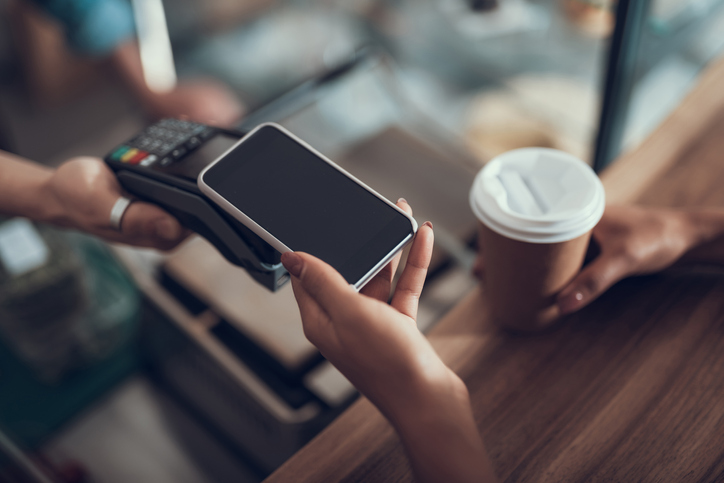Are you one of those people who leaves the house with only a smartphone, your driver’s license and a credit card tucked into the attached wallet? A growing number of people travel this light, keeping everything they need on an app and being connected to everyone they care about via call or text.
When it comes time to pay for something, the credit card or a mobile payment app does the trick. Even if you do carry more than a phone – many people still like the convenience of a purse or backpack – cashless purchases are increasingly the norm. A recent Forbes article states that only 30% of transactions are in cash these days, half what it was just a decade ago.
People cite convenience and security as main benefits of this payment practice, as cash is more easily lost and can’t be traced, while cashless transactions are tracked and immediate, replacing the counting of change with a swipe or a tap.
Nowhere is cash used less than in the Nordic countries. According to Deloitte, Norwegians use cash in stores only 11% of the time. In Sweden, that number is closer to 13%; many places no longer accept cash, and even certain retail banks no longer deal in paper currency.
Both nations have widely used mobile payment apps: Vipps in Norway and Swish in Sweden. Norwegians and Swedes – along with Danes through Denmark’s MobilePay— make more than three-quarters of store purchases and peer payments using a mobile device.
It helps that these countries have solid banking and technology infrastructure, and people trust the process. Digital payment adoption depends on many factors, leading to a wide variance in practice worldwide.
But next time you are in Scandinavia, feel free to step out the door without a wad of cash. You should be able to get through your day just fine.
Written by Ellen Harris, GMS, Product Manager, Content Group

